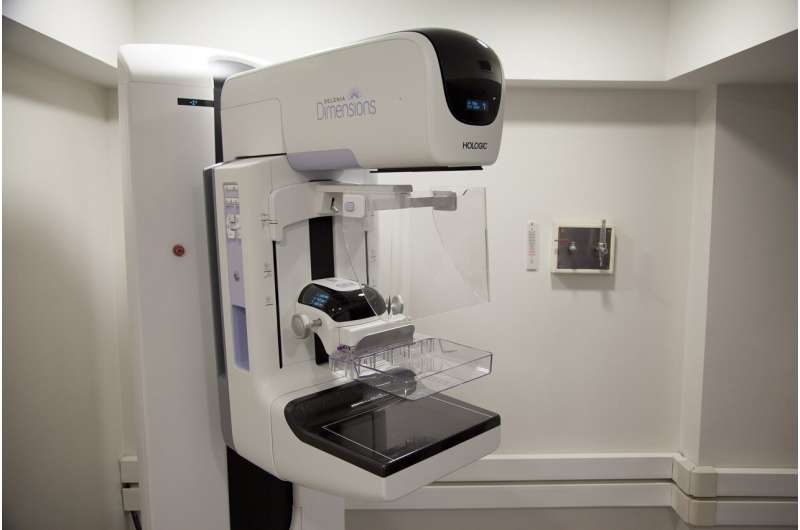New Insights into the Origins of Lung Cancer in Smokers

Researchers from University College London, the Wellcome Sanger Institute, and the University of Cambridge have uncovered the cellular origins of the second most common form of lung cancer, lung squamous cell carcinoma (LUSC). Their groundbreaking study, published in Science, has revealed that basal cells located in the trachea, which express the gene KRT5, play a pivotal role in the development of this aggressive cancer type.
Using advanced animal models and human tissue analysis, the team demonstrated that these basal cells can outcompete other cell types in the lungs, expanding uncontrollably and ultimately forming tumors. In particular, when exposed to carcinogens such as those found in tobacco smoke, a subset of these basal cells multiplies and invades the lung tissue, leading to the formation of precancerous lesions and, eventually, full-blown cancer.
The study involved labeling Krt5-expressing basal cells in mice and tracking their descendants over time. When exposed to carcinogenic substances, these cells proliferated beyond their normal confines, invading large lung areas. In humans, similar genetic patterns were observed in smokers' tracheal and lung tissues, confirming the relevance of these findings.
Understanding the "cell of origin" and the early cellular changes that lead to lung cancer opens the door for earlier detection and potential prevention strategies. Dr. Sandra Gómez-López explained that identifying these early cellular events could help develop tests to detect lung cancer at a much earlier, treatable stage. Moreover, this knowledge may guide the development of drugs aimed at halting the progression of pre-cancerous cells.
The researchers also highlighted that the disrupted cell balance caused by carcinogen exposure leads to abnormal proliferation of damaged basal cells. This process provides a critical window for intervention before malignant tumors develop. The findings underscore the importance of early detection methods, especially for individuals at high risk due to smoking.
Professor Peter Campbell emphasized that understanding how specific environmental factors create conditions conducive to cancer growth can assist in designing targeted prevention measures. The study’s insights could eventually lead to innovations in lung cancer screening and preventative therapies, reducing the disease burden worldwide.
In conclusion, this research marks a significant step forward in understanding how lung squamous cell carcinoma originates, with the potential to influence future early detection and prevention efforts, ultimately saving lives.
Stay Updated with Mia's Feed
Get the latest health & wellness insights delivered straight to your inbox.
Related Articles
Long COVID Linked to Abnormal Uterine Bleeding and Menstrual Cycle Variations
Emerging research links long COVID to abnormal uterine bleeding and menstrual cycle changes, highlighting the impact of inflammation and hormonal regulation on women's reproductive health.
Innovative Workflow Enhances Study of HIV-1 Capsids and Insights for Future Treatments
Scientists at the Salk Institute have developed a groundbreaking workflow using advanced microscopy techniques to study HIV-1 capsid structural dynamics, opening new avenues for antiviral research and drug development.



